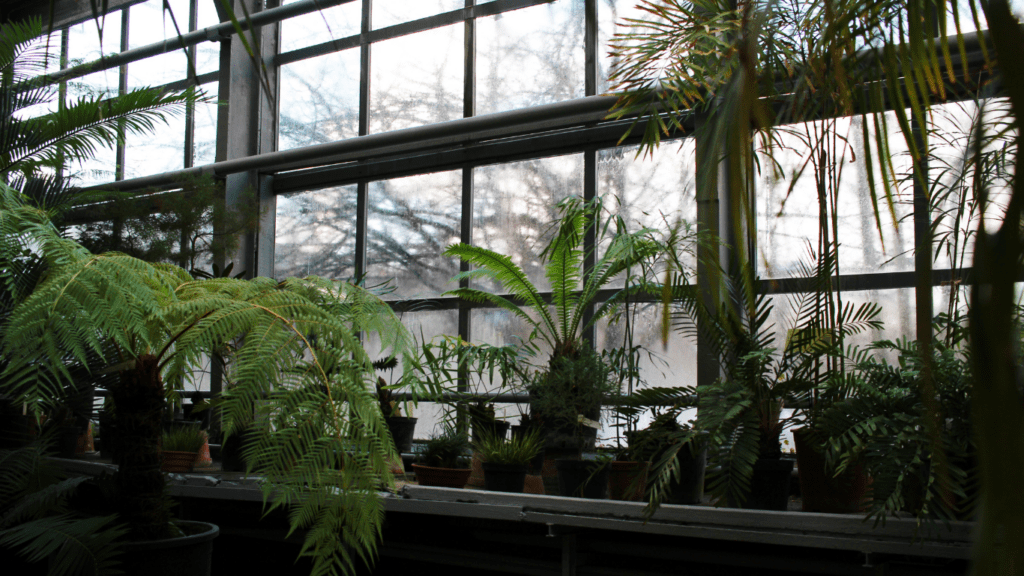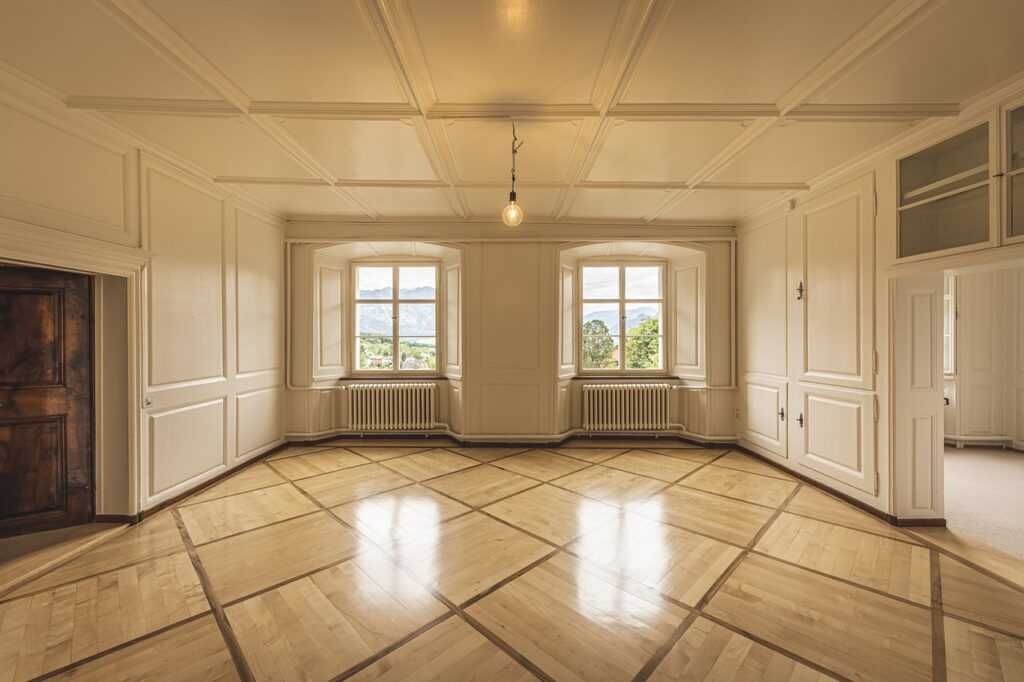As a seasoned blogger, I’ve witnessed a significant shift in the real estate landscape towards sustainable and green housing developments. The future of real estate is being shaped by a growing demand for environmentally-friendly and energy-efficient homes.
From eco-friendly materials to smart technologies, the industry is embracing a more sustainable approach to meet the needs of both homeowners and the planet. In this article, I’ll delve into the exciting world of sustainable housing developments and explore how builders and architects are revolutionizing the way we think about residential spaces.
With a focus on reducing carbon footprints and promoting healthier living environments, these green initiatives are not just trends but a necessary evolution in the real estate sector. Join me as we uncover the innovative designs and practices that are paving the way for a more sustainable future in real estate.
Current Trends in Real Estate Construction
Sustainability is rapidly becoming a central focus in today’s real estate construction trends, with builders and developers adopting eco-friendly practices to meet the growing demand for green housing. Energy-efficient designs, the use of recycled materials, and green building certifications like LEED are driving the shift toward environmentally responsible construction, offering healthier living spaces and reducing ecological footprints.
Smart technology and mixed-use developments are also playing pivotal roles in shaping the future of real estate. From energy-efficient systems like smart thermostats and solar panels to neighborhoods that integrate residential, commercial, and recreational spaces, these innovations are not only enhancing sustainability but also promoting convenience, walkability, and vibrant communities, ensuring a greener and more connected urban future.
Benefits of Sustainable Housing
Sustainable housing offers various benefits, from reducing carbon footprints to promoting healthy living environments. Let’s delve into two key advantages of sustainable housing: environmental impact and cost savings.
Environmental Impact
Sustainable housing significantly reduces environmental impact by utilizing energy-efficient designs and recycled materials in construction. By adopting green building certifications like LEED, developers demonstrate a commitment to eco-friendly practices.
Incorporating smart technology further enhances sustainability, giving homeowners greater control over their environmental footprint. Mixed-use developments also contribute to sustainable urban living by promoting walkability and convenience.
Cost Savings
Investing in sustainable housing can lead to long-term cost savings. Energy-efficient designs reduce utility costs, while the use of recycled materials can lower construction expenses. Additionally, green building certifications may result in tax incentives and higher property values.
The integration of smart technology enhances efficiency, potentially reducing maintenance costs over time. Overall, sustainable housing not only benefits the environment but also offers economic advantages to homeowners and developers alike.
Technological Innovations in Green Building
Innovations in green building technologies are revolutionizing the real estate industry, paving the way for more sustainable and eco-friendly housing developments. Smart technologies and advanced building systems play a crucial role in creating energy-efficient and environmentally conscious homes.
- Smart Home Automation Systems: Smart home automation systems allow residents to monitor and control their energy usage, lighting, and security from anywhere. These systems optimize energy consumption, reduce waste, and enhance overall living comfort.
- Solar Panel Integration: Integrating solar panels into residential buildings helps harness renewable energy sources, reducing reliance on traditional power grids and minimizing carbon emissions. Solar energy is a clean and sustainable power solution for green buildings.
- Energy-Efficient HVAC Systems: Energy-efficient heating, ventilation, and air conditioning (HVAC) systems are essential in green buildings to regulate indoor temperatures efficiently. These systems reduce energy consumption, lower utility costs, and contribute to a healthier indoor environment.
- Green Roof Technology: Green roof technology involves the installation of vegetation on rooftops, providing insulation, reducing heat absorption, and improving air quality. Green roofs enhance building energy efficiency and promote biodiversity in urban areas.
- Water Conservation Technologies: Water conservation technologies, such as rainwater harvesting systems and low-flow fixtures, help reduce water wastage in green buildings. These technologies promote sustainable water usage, lower utility bills, and support environmental conservation efforts.
Incorporating these technological innovations in green building practices not only promotes sustainability but also enhances the overall quality of living spaces. As the real estate industry continues to prioritize eco-conscious initiatives, technological advancements will play a significant role in shaping the future of sustainable housing developments.
Government Incentives and Policies
As a seasoned blogger discussing the future of sustainable and green housing developments, I must emphasize the crucial role of government incentives and policies in driving the shift towards environmentally-friendly real estate practices. Various governments worldwide are implementing regulations and offering incentives to promote sustainable construction and green building initiatives.
- Energy Efficiency Standards: Governments are increasingly enforcing stringent energy efficiency standards for new construction projects. These standards aim to reduce energy consumption, lower carbon emissions, and promote the use of renewable energy sources in buildings.
- Tax Incentives: Many governments provide tax incentives and rebates for developers and homeowners who adopt sustainable building practices. These incentives can include tax credits for installing energy-efficient appliances, solar panels, or green roofs, encouraging investment in eco-friendly technologies.
- Green Building Certifications Recognition: Government policies often recognize and incentivize projects that achieve green building certifications like LEED (Leadership in Energy and Environmental Design). These certifications validate a building’s sustainability features and can lead to additional benefits such as expedited permitting processes.
- Grants and Funding Programs: Governments may offer grants and funding programs to support sustainable housing developments. These financial incentives can help offset the initial costs associated with implementing green building technologies or upgrading existing properties to meet environmental standards.
- Building Codes and Regulations: Updated building codes and regulations play a significant role in driving the adoption of sustainable practices in real estate development. Governments are revising codes to include requirements for energy-efficient designs, water conservation measures, and overall environmental sustainability.
It’s evident that government incentives and policies play a pivotal role in accelerating the transition towards sustainable and green housing developments. By aligning regulatory frameworks with environmental goals, authorities worldwide are fostering a more eco-conscious approach to real estate that benefits both the residents and the environment.
Challenges and Solutions in Green Housing
Exploring the realm of sustainable and green housing developments unveils a series of challenges that must be addressed to ensure their success and widespread adoption. From initial planning to construction and ongoing maintenance, these challenges can shape the future landscape of environmentally-conscious real estate practices. Let’s delve into some key hurdles faced in the journey towards sustainable housing and the innovative solutions that pave the way for a greener tomorrow.
Energy Efficiency and Renewable Sources
- Energy Efficiency Challenges: Ensuring optimal energy efficiency poses a significant challenge in green housing developments. Balancing the use of natural light and ventilation with energy-saving technologies can be complex.
- Sustainable Solutions: Implementing passive design strategies to maximize natural light and airflow while reducing energy consumption. Incorporating energy-efficient appliances and systems like LED lighting and smart thermostats for sustainable living.
Material Selection and Recycling
- Material Challenges: Selecting eco-friendly building materials that meet green certifications without compromising structural integrity can be demanding. Managing construction waste and promoting recycling practices throughout the project life cycle is essential.
- Green Solutions: Utilizing recycled and locally sourced materials to reduce carbon footprint and support sustainable construction. Embracing innovative material alternatives like bamboo flooring and reclaimed wood for eco-conscious building practices.
Water Conservation and Management
- Water Challenges: Efficient water usage and wastewater management present critical challenges in green housing projects. Balancing water demand with conservation efforts requires thoughtful planning and sustainable solutions.
- Sustainable Approaches: Installing water-saving fixtures and systems such as low-flow toilets and rainwater harvesting for sustainable water management. Implementing greywater recycling systems to reuse wastewater for non-potable purposes, reducing water consumption.
- Regulatory Challenges: Navigating diverse regulations and compliance standards related to green building practices can be intricate. Adhering to evolving environmental guidelines and obtaining certifications adds complexity to sustainable housing projects.
- Policy Solutions: Staying informed about local building codes and environmental policies to ensure compliance and sustainability. Engaging with government initiatives and incentive programs promoting green construction practices for financial and regulatory support.
Adopting innovative solutions to address these challenges is essential in advancing sustainable and green housing developments towards a more environmentally-friendly and energy-efficient future. By overcoming these obstacles with determination and creativity, the real estate industry can embrace a greener ethos that benefits both inhabitants and the planet we call home.




